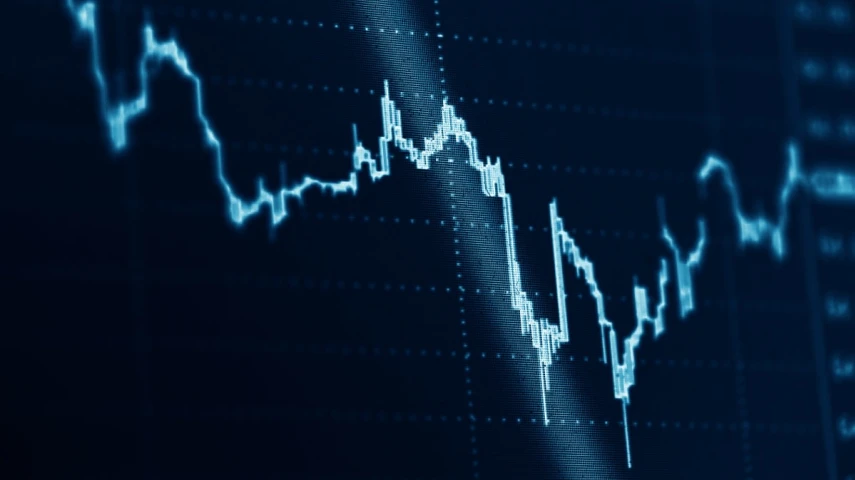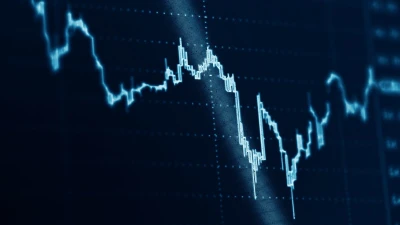Where do Australian equities stand against 2023’s choppy waters?



With market volatility continuing to keep investors on their toes, equity managers say they’re keeping a close eye on how this asset class performs over the next 12 months.
In 2022, the performance of equity funds was largely impacted by rising interest rates and rising costs and the tides had appeared to be turning towards bonds and fixed income instead as a safe haven asset.
In a statement to the Australian Securities Exchange (ASX), Magellan noted its Australian equities funds under management had fallen by a third from $9 billion to $6 billion during March.
Globally, iShares by BlackRock had seen outflows of US$11 billion from its broad equity exchange traded fund (ETF) exposures as of March end while its fixed income ones had seen inflows of US$30 billion.
Per S&P Dow Jones Indices’ Year-end 2022 SPIVA Australia Scorecard, over half (57.6 per cent) of Australian equity general funds underperformed the ASX 200 during the full year 2022.
On the ASX, the ASX 200 lost around 5 per cent during 2022 but managed to regain all of it back in a strong performance during January 2023. Since the start of the year to 06 April the ASX 200 had gained 3.8 per cent.
Its 2022 performance was also far better than other global markets with the S&P 500 down almost 20 per cent and the NASDAQ down 33 per cent during the year.
Pendal’s head of equities, Crispin Murray, believed Australian equities had proven remarkably defensive compared to global shares and other asset classes, and earnings were on track for 2 per cent growth this year and 1 per cent in 2024.
Much of this hinged on the Reserve Bank of Australia (RBA), which most recently held the cash rate at 3.6 per cent to end a 10-month-long hiking cycle, and the risk of rates moving higher than the economy could absorb which would cause a downturn.
Despite this concern, Murray maintained a positive outlook for investors with deep insight into individual Australian companies in 2023.
In his March outlook, he stated: “Today reminds me of 2012 going into 2013, where the markets were very thematic — and that’s creating a lot of stock opportunities.”
Promising sectors highlighted by portfolio managers for the coming year included critical metals; resource companies, particularly iron ore businesses, and more defensive sectors such as large-cap pharma.
Murray continued: “We are seeing this as a great time to identify opportunities and really differentiate and get some insights into the stock. We’re very confident on the outlook.”
Equities and inflation
While headline inflation appeared to be coming down, falling from 7.4 per cent in January to 6.8 per cent in February per the Australian Bureau of Statistics (ABS), it was still likely to impact earnings growth in the short term.
In its March outlook, Vanguard noted that equities could also provide a hedge against inflation through capital appreciation even as cash and commodities garnered interest among investors.
Alexis Gray, senior economist, Vanguard Asia-Pacific, said: “As the price of goods and services rises, the value of companies with strong pricing power and competitive advantages can also increase.
“Unlike commodities, which provide short-term inflation protection, equities have historically provided the best chance of beating inflation over the long run, and have ultimately outperformed other asset classes.”
And despite margin crunches in the current inflationary environment, the past reporting season could have been much worse, observed Andrew Martin, portfolio manager at Alphinity Investment Management.
“This is the year where the impacts of those interest rate rises will come through. You would expect to see some slowdown in the economy and that should flow through to earnings as well,” he told Money Management.
“In a relative sense, the Australian market looks okay because, from a valuation perspective, we're sitting at a price to earnings ratio around the long-term average, and so we're not starting from a very expensive position.”
However, Rupal Bhansali, chief investment officer at Ariel Investments, believed the local economy would be unable to avoid the impacts of global market disruptions and maintained there was likely “more pain ahead” as the Australian market was among the most expensive in the world.
"Our view is that the classic blue-chip Australian stocks which are so integral to the portfolios of many Australians, are exposed to cyclical sectors such as banking, real estate and commodities, and therefore are vulnerable to a large correction as we see a global recession on the horizon.
“The tyranny of distance, which for so long has been a defining point in Australia’s relations with the rest of the world, means nothing when it comes to markets.”
“We take the view that markets are not done correcting, despite an 18% correction in the US stock market in 2022.”
One eye on China
One key advantage for Australia, according to portfolio managers, would be the reopening of China late last year after an extended period of COVID lockdowns.
“We have one advantage relative to other places in the world in that our big trading partner, China, is stimulating their economy rapidly and that is potentially quite positive for us. I'd say that there are some reasons to believe that the Australian market can hold up reasonably well,” Martin explained.
With resource companies largely making their earnings offshore, stimulus in China would drive up prices and could warrant cyclical exposure from overseas investors.
He said, “Feedback so far from China has been a little mixed in terms of effectiveness, but it’s certainly in the right direction. Resources are one sector where, if commodity prices hold, you’re going to see some pretty big upgrades.”
VanEck’s latest quarterly economic outlook outlined that Australia could be the ‘lucky country’ again given China’s policy shift away from COVID zero.
“If China can pick up pace and Australia can skirt a property/credit implosion, the Australian dollar could do well, particularly against a sliding US dollar. An easing of China trade sanctions will be icing on the cake,” it stated.
Paul Xiradis, executive chairman, CIO, and head of equities at Ausbil Investment Management agreed demand could return across calendar 2023 with the re-opening of Chinese markets.
“China is set for recovery on a much faster COVID reopening and significant policy stimulus focused on infrastructure investment. Australia will continue to benefit as a net exporter of commodities driven by both the cyclical pick-up in Chinese resources demand and the underlying long-term structural trends including decarbonisation that are commodity demand intensive,” he said.
The fund manager forecast Australia’s GDP growth to slow to a below trend pace of around 1.7 per cent, still ahead of global peers on a relative basis.
Xiradis elaborated: “Compared to the stellar earnings growth of 22 per cent in FY22 and 30 per cent in FY21 in the pandemic rebound, we see positive but more muted growth for FY23. There is room for some upward surprise in certain sectors as Australia’s economy remains relatively resilient and is operating near full employment”.
It appeared that while investors were making a flight to safety towards fixed income assets in the next 12 months, equities were not falling off a cliff by any stretch, Global X’s head of investment strategy Blair Hannon observed.
“For young investors, it’s definitely going to be harder to have the outsize returns we’ve seen over the last 10 years and you have to be much more tactical around your allocations.”
He added: “Thinking short term [about equities and global factors] is certainly important - if markets roll off and you have the opportunity to buy, then that’s wonderful. But try to look at the long-term as your best option to gain returns over a long period of time.
“You would hope that this inflation rate cycle will actually give you the opportunity to buy and then stick with long-term investment ideas.”
Recommended for you
In this week’s special edition of Relative Return Insider, we bring you outgoing Financial Services Minister Stephen Jones’ keynote from Momentum Media’s Election 2025 event, followed by a Q&A focused on the Delivering Better Financial Outcomes reforms.
In this week’s episode of Relative Return Unplugged, Dr Vladimir Tyazhelnikov from the University of Sydney’s School of Economics joins the show to break down the shifting sands of global trade dynamics and attempt to understand the way US President Donald Trump is employing tariffs.
In this week’s special episode of Relative Return Unplugged, we present shadow treasurer Angus Taylor’s address at Momentum Media’s Election 2025 event, followed by a Q&A covering the Coalition’s plans for the financial services sector.
In this week’s episode of Relative Return Unplugged, AMP chief economist Shane Oliver joins the show to unravel the web of tariffs that US President Donald Trump launched on trading partners and take a look at the way global economies are likely to be impacted.













